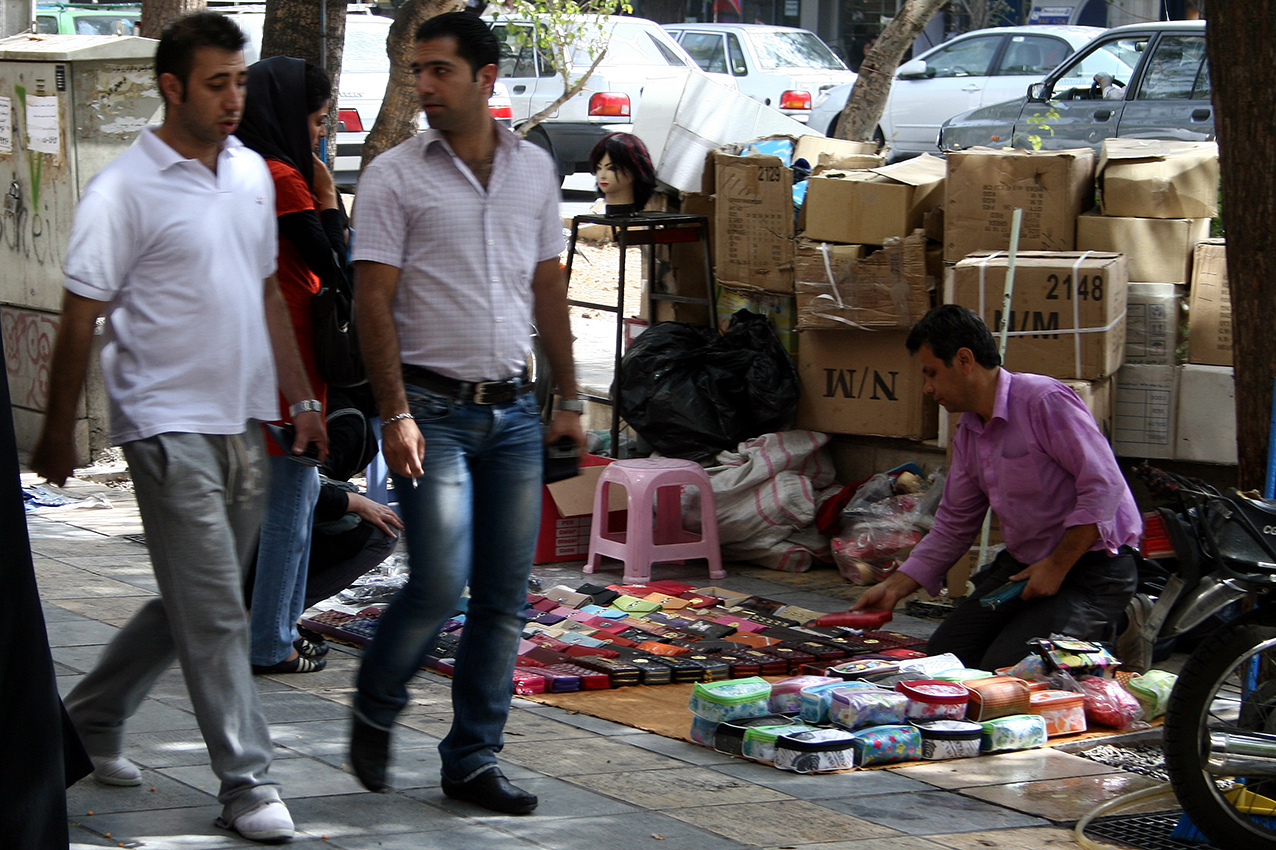Over 23 million people are employed in Iran, but those who contribute to pension funds are fewer than 17 million, suggesting that six million workers are either uninsured or working in the informal economy, a deputy minister of cooperatives, labor and social welfare said.
Ahmad Meydari also told the Persian daily Shargh that the government has realized that it needs to do something about the informal economy.
“One solution is to cut bureaucracy and the restrictive rules and regulations of the Cooperatives Ministry,” he said.
Meydari noted that the government aims to reduce the burden of regulation on businesses by establishing the so-called “Electronic Government”, which increases insurance and tax payments, and prolongs the registration process for companies.
“If employers must pay high payroll taxes or pension contributions for workers, they may prefer to employ fewer people. In fact, the rise in the cost of employing workers in the formal economy leads to reduced hiring of workforce. And consequently, a fraction of the workforce misses the chance of working in the formal economy,” he said.
“The chances of these people falling into poverty are much greater since they don’t have insurance coverage and cannot access banking facilities.”
World Bank data suggest that informality is expanding all over the world. Over the past decade, the world’s working-age population has been growing faster than the number of people officially employed, implying that there are more and more people in jobs outside the mainstream.
Rising Profile of Informal Economy
The size of informal economy has increased over the past decade. According to the Ministry of Economic Affairs and Finance, in the fiscal 2015-16, informal economy accounted for 36.5% of GDP compared with 7% in 1974-75.
According to the ministry, the high costs of goods and services, high unemployment rate, unfavorable business environment and heavy taxes are the main reasons associated with the rise in informal economy.
More specifically, the findings of the ministry show there is a positive correlation between the informal economy and unemployment rate in Iran. The sorry state of labor market has directed many people toward informal economy. Having failed to find a job in the formal economy, people tend to seek new businesses.
In fact, employment in the informal economy and unemployment are two sides of the same coin. Any policy to reduce unemployment will reduce the size of the informal economy.
Workers who participate in the informal economy do not receive any social services, yet most would prefer a job in the informal sector than being unemployed and not having a steady stream of income.
The informal economy, otherwise known as grey economy, is loosely defined as legal activities wherein participants do not pay tax or comply with regulations.


